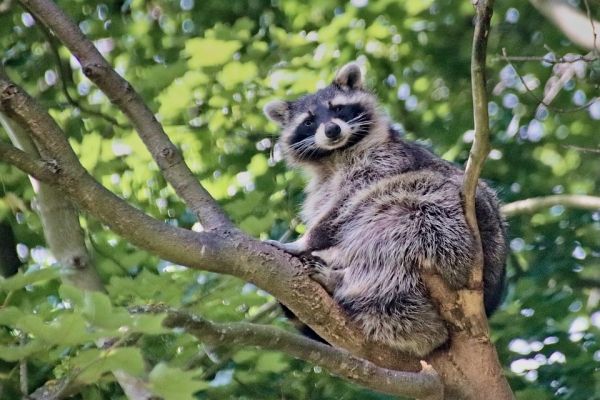A new study shows urbanization is causing many mammal species to grow bigger, possibly because of readily available food in places packed with people.
The finding runs counter to many scientists’ hypothesis that cities would trigger mammals to get smaller over time. Buildings and roads trap and re-emit a greater degree of heat than green landscapes, causing cities to have higher temperatures than their surroundings, a phenomenon known as the urban heat island effect. Animals in warmer climates tend to be smaller than the same species in colder environments, a classic biological principle called Bergmann’s Rule.
But Florida Museum of Natural History researchers discovered an unexpected pattern when they analyzed nearly 140,500 measurements of body length and mass from more than 100 North American mammal species collected over 80 years: City-dwelling mammals are both longer and heftier than their rural counterparts.
“In theory, animals in cities should be getting smaller because of these heat island effects, but we didn’t find evidence for this happening in mammals,” said study lead author Maggie Hantak, a Florida Museum postdoctoral researcher. “This paper is a good argument for why we can’t assume Bergmann’s Rule or climate alone is important in determining the size of animals.”
Read more at Florida Museum of Natural History
Photo Credit: veverkolog via Pixabay


